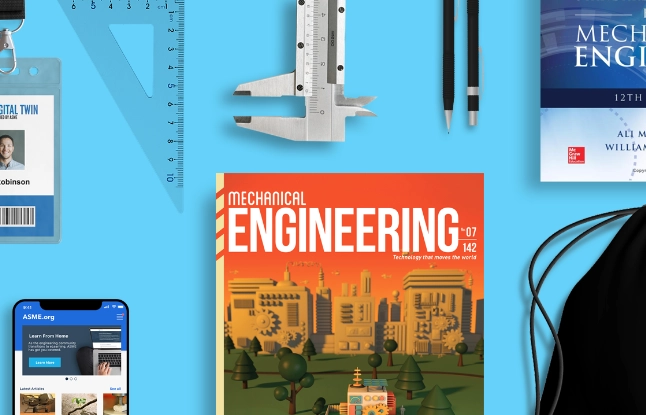140 Years and Counting
ASME was founded in 1880 to provide a setting for engineers to discuss the concerns brought by the rise of industrialization and mechanization.
The Society’s founders were some of the more prominent machine builders and technical innovators of the late nineteenth century; led by prominent steel engineer Alexander Lyman Holley, Henry Rossiter Worthington and John Edison Sweet.
Holley chaired the first meeting, which was held in the New York editorial offices of the American Machinist, on February 16th, with thirty people in attendance. From this date onward, the society ran formal meetings to discuss development of standard tools and machine parts as well as uniform work practices. However, it wasn’t until 1905 that a major turning point gave new definition to ASME’s purpose and impact on civilian life.
Steam powered the technology of the late 19th century. Despite their power, boilers and pressure vessels were temperamental, requiring constant attention and maintenance. Although there were numerous boiler explosions throughout the 19th century, there were no legal codes for boilers in any state in the Union. Undoubtedly one of the most important incidents that proved the need for developing boiler laws was the Grover Shoe Factory Disaster in Brockton, Massachusetts on March 10, 1905.
An older boiler, used as a backup during maintenance on the newer model, exploded, rocketing through three floors and the building’s roof. Broken beams and heavy machinery trapped many workers who survived the initial explosion and collapse. Burning coals thrown from the boiler landed throughout the crumbling superstructure, starting fires that were fed by broken gas lines. The explosion resulted in 58 deaths and 117 injuries.
It was this catastrophe that gave Massachusetts the impetus to establish a five-man Board of Boiler Rules, whose charge was to write a boiler law for the state; this board published its boiler laws in 1908.
Having established the Boiler Testing Code in 1884, ASME formed a Boiler Code Committee in 1911 that led to the Boiler & Pressure Vessel Code (BPVC) being published in 1915. The BPVC was later incorporated into laws in most US states and territories and Canadian provinces.
ASME’s rich publication history—including standards, theory, and technical journals—made a great deal of technical and biographical information available to engineers and policy makers. These publications form a substantial and tangible connection to the past that proves inspirational to ASME members to this day.
